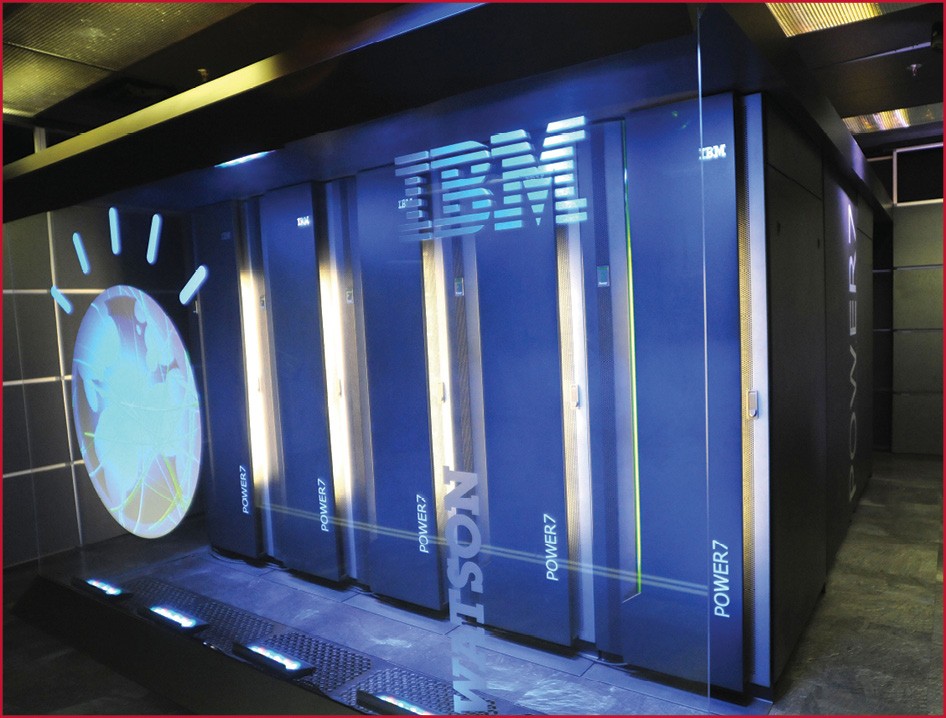November 5, 2015 - The fact that the supercomputer IBM™ Watson competed against and beat the pants off of two of the greatest champions on Jeopardy, the game TV quiz show for geniuses, wowed the tech community back in 2011. But was it all that surprising that a computer made up of ninety IBM POWER 750 servers, 16 Terabytes of memory, and 4 Terabytes of clustered storage could outperform a human? Isn’t that why we made computers—to rapidly process large volumes of data?
The real 'wow' factor is how Watson uses IBM DeepQA software to “understand” natural language questions and answers like those in Jeopardy. “DeepQA scales out with and searches vast amounts of unstructured information. Effective execution of this software, corresponding to a less than three second response time to a Jeopardy! question, is not just based on raw execution power. Effective system throughput includes having available data to crunch on. Without an efficient memory sub-system, no amount of compute power will yield effective results,” explains IBM Senior System Architect David Davidian.1
Could radiology benefit from IBM’s Watson?
IBM Watson, which combines artificial intelligence and sophisticated analytical software for optimal performance in answering questions, has the potential to create a renaissance in the application of artificial intelligence, in medical data mining, data analysis and decision support, according to a recent article by Adam E. Flanders, MD, a professor of radiology and rehabilitation medicine and director of informatics at Thomas Jefferson University Hospital in Philadelphia.2
In the article by Dr. Flanders, he points out that through the IBM Watson project they are leveraging medical cognition and decision making. “Watson is able to consume large volumes of structured and unstructured medical data derived from physician notes and documentation, laboratory and imaging reports, and combine it with the collective evidence in the medical literature to provide informed decisions for individual patients,” said Dr. Flanders. In radiology, he suggests you could “connect the image interpretation process at a single PACS workstation to a vast collection of pre-modeled data to provide highly specific and accurate diagnoses, as well as best practices for treatment and response."
Here's one more 'wow' factor. Did I mention that the total on-chip bandwidth for Watson's 360 POWER7 processors is an astounding 180,000 Gigabytes per second!1 Now if we could only squeeze all that into a PACS.

Image courtesy of IBM
References:
- Vaughan-Nichols S. What makes IBM's Watson run? ZDNet.com
- Flanders AE. Look Ahead: Informatics—The Future is Almost Here. October 12, 2015. RSNA.org. https://www.rsna.org/News.aspx?id=17626





